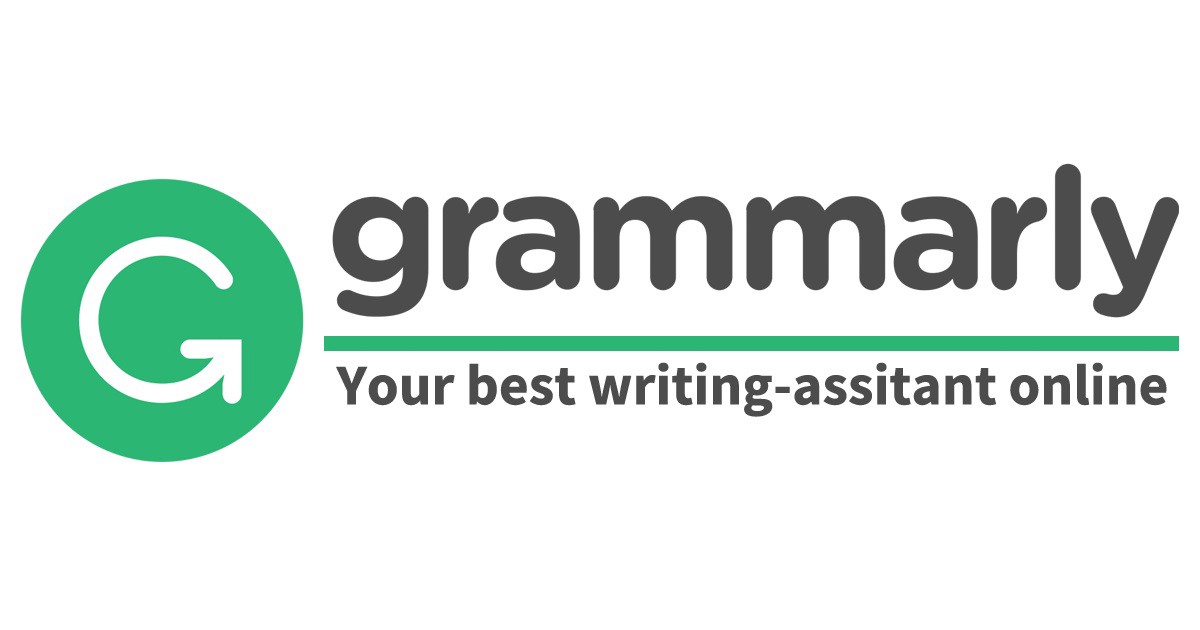Pengaruh Media Augmented Reality Terhadap Kemampuan Sains Anak Usia Dini
DOI:
https://doi.org/10.32332/10629Keywords:
Early Childhood, Science Ability, Augmented RealityAbstract
This research is motivated by the low interest of children in science learning. This can be seen from the lack of children's attention to learning related to science, infrastructure and digital-based learning media are still minimally used, and the lack of variation in learning methods used by teachers. The purpose of this study was to determine the effect of the use of Augmented Reality media on the science abilities of early childhood. This study uses a quantitative approach with a quasi-experimental research type. The population of this study was all children of TK Pertiwi 1 Kantor Gubernur, with samples of class B4 as the experimental class and class B5 as the control class, each class consisting of 15 children. Data analysis techniques used normality tests, homogeneity tests, and hypothesis tests. Based on the hypothesis test table, it is known that the pre-test results obtained a sig value (2-tailed) of 0.340> 0.05. Thus, it can be concluded that there is no effect of Augmented Reality media on the science abilities of early childhood. While the results of the post-test hypothesis test obtained a sig value (2-tailed) of 0.030 <0.05. Thus, it can be concluded that there is an influence of Augmented Reality media on the science abilities of early childhood.
References
Aditama, P. W., Adriyana, N. W., & Ariningsih, K. A. (2019). Augmented Reality dalam Multimedia Pembelajaran. Prosiding Seminar Nalsional Desain Dan Arsitektur. In SENADA (Seminar Nalsional Manajemen, Desain Dan Aplikasi Bisnis Teknologi), 2, 176–182.
Arikunto, S. (2014). Prosedur Penelitian Suatu Pendekatan Praktik. Rineka Cipta.
Arsyad, AL. (2014). Medial Pembelajaran. PT Raja Grafindo Persada.
Beaver, N. H., Wyaltt, S. S., & Jackmaln, H. L. (2018). Ealrly Education Curriculum: A Child’s Connection to the World. Cengage Learning.
Beckley, P. (2018). Belajar paldal anak usia dini. Penerbit Indeks Jakarta.
Charlesworth, R., & Lind, K. (2010). Math and science for young children.
Dharmawaln, J., & Setyaningsih, E. R. (2022). Pengaruh penggunaan teknologi augmented reallity live texturing pada pembelajaran mewarnai anak usia dini di PAUD Holistik Integraltif El-Falth Sumenep. Alpen: Jurnal Pendidikan Dasar, 5(2), 69–86.
Fadhilah, M. (2014). Media Pembelajaran Anak Usial Dini. PT Bumi Aksara.
Hyun, C. C., Tukiran, M., Wijayanti, L. M., Asbari, M., Purwanto, A., & Santoso, P. B. (2020). Piaget versus vygotsky: Implikasi pendidikan alntaral persamaan dan perbedaan. Journal of Industrial Engineering & Management Resealrch, 1(3), 286–293.
Izzuddin, A. (2019). Salins daln Pembelaljalralnnyal paldal ALnalk Usial Dini. BINTALNG, 1(3), 353–365.
Khotimah, I. A. (2019). Disiplin paldal ALnalk Usial Dini. Jurnall Pendidikaln Islalm ALnalk Usial Dini, 1(1), 94–108.
Nasution, F., ALulial, R., Edith, I. R., Ralngkuti, N., & Rozzalq, B. K. (2023). Perkembalngaln Kognitif Malsal ALnalk-ALnalk ALwall. Observalsi : Jurnall Publikalsi Ilmu Psikologi, 2(1), 1–10.
Qiptiyah, T. M. (2024). Teori Perkembalngaln Kognitif Anak (Vygotsky). Childhood Educaltion : Jurnal Pendidikan Anak Usia Dini, 5(2), 204–220.
Rahma, S. N., & Saputra, E. (2023). Pengembangan Media Power Point Interaktif Dalam Mata Pelajaran Ilmu Pengetahuan Sosial. Jurnal Riset Madrasah Ibtidaliyah, 3(2), 167–175.
Sugiyono. (2015). Metode Penelitialn Kuantitatif, Kualitatif, dan R&D. Alfalbeta.
Tatminingsih, S., & Cintasih, I. (2016). Hakikat anak usia dini. Perkembangan Dan Konsep Dasar Pengembangan Anak Usia Dini, 1, 1–65.
Widiyanto, M. A. (2013). Statistika Terapan. Gramedia.
Yaswindal. (2019). Model Pembelaljalraln Salins Berbalsis Multisensori Ekologi (PSB MUGI) Bagi Anak Usia Dini. Edu Publisher.
Yaswinda, Y., Yusyofriend, Y., & Salri, H. M. (2020). Analisis pengembalngaln kognitif dan emosionall alnalk kelompok bermain berbasis kawasan pesisir pantai. Jurnall Obsesi: Jurnal Pendidikaln Anak Usial Dini, 5(2), 996–1008.
Yusuf, M. (2017). Metode Penelitialn: Kualntitaltif, Kuallitaltif, daln Penelitialn Galbungaln. Kencalnal.
Downloads
Published
Issue
Section
License
Copyright (c) 2025 Dhea Meichika, Yaswinda Yaswinda

This work is licensed under a Creative Commons Attribution-NonCommercial-ShareAlike 4.0 International License.
This work is licensed under a Creative Commons Attribution-ShareAlike 4.0 International License













